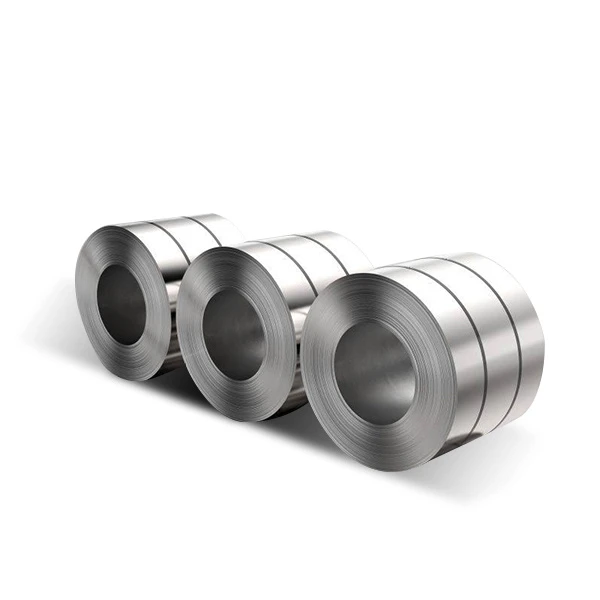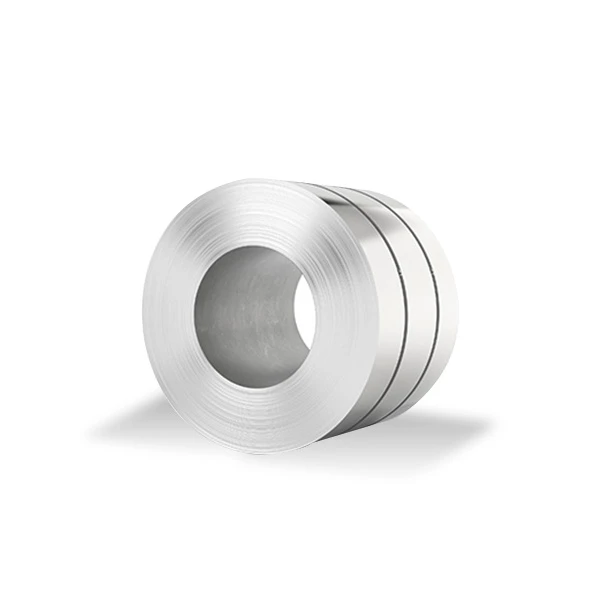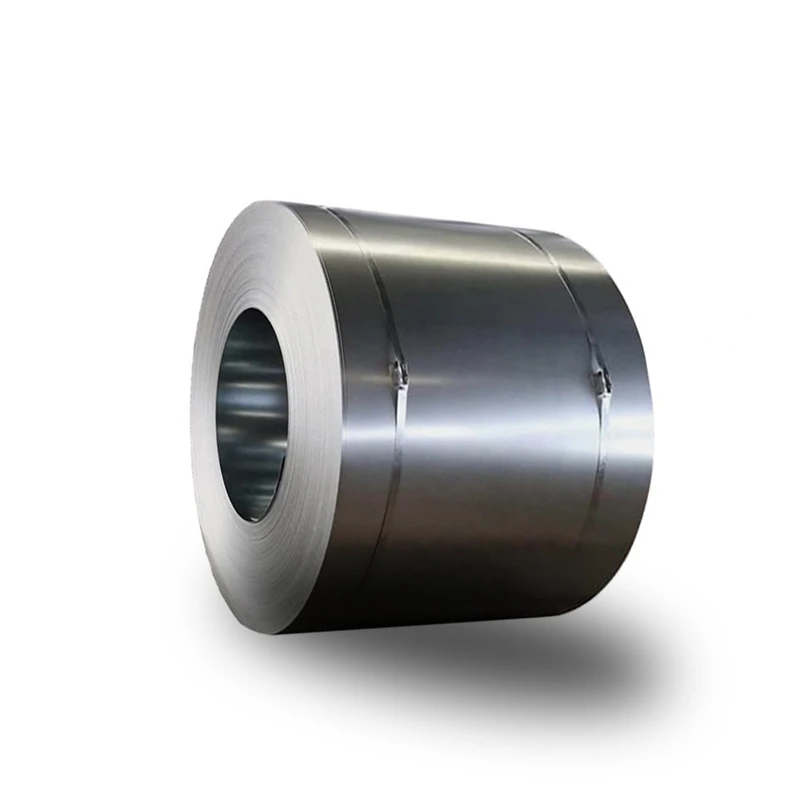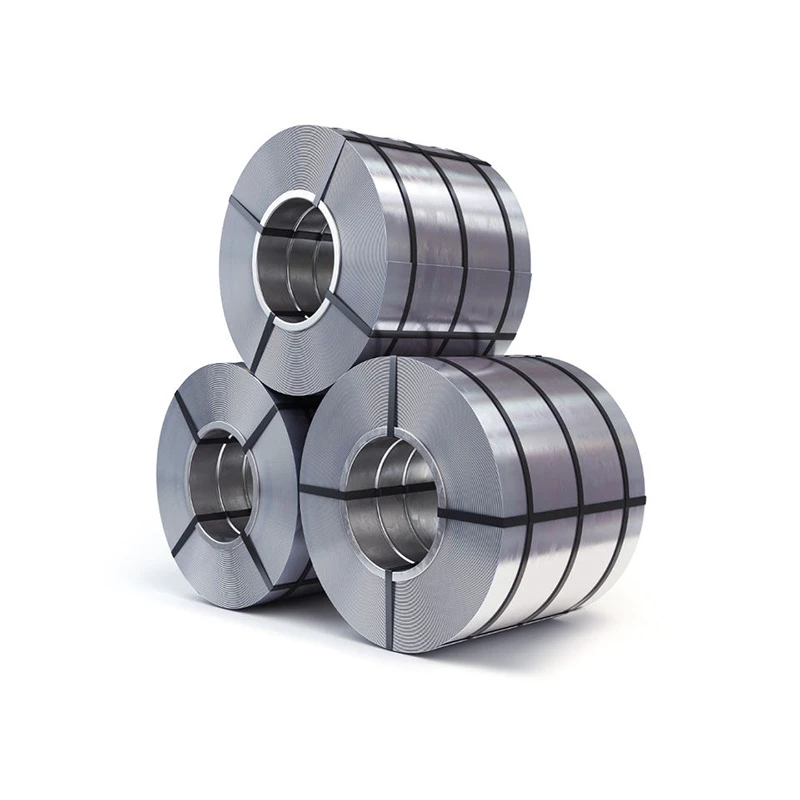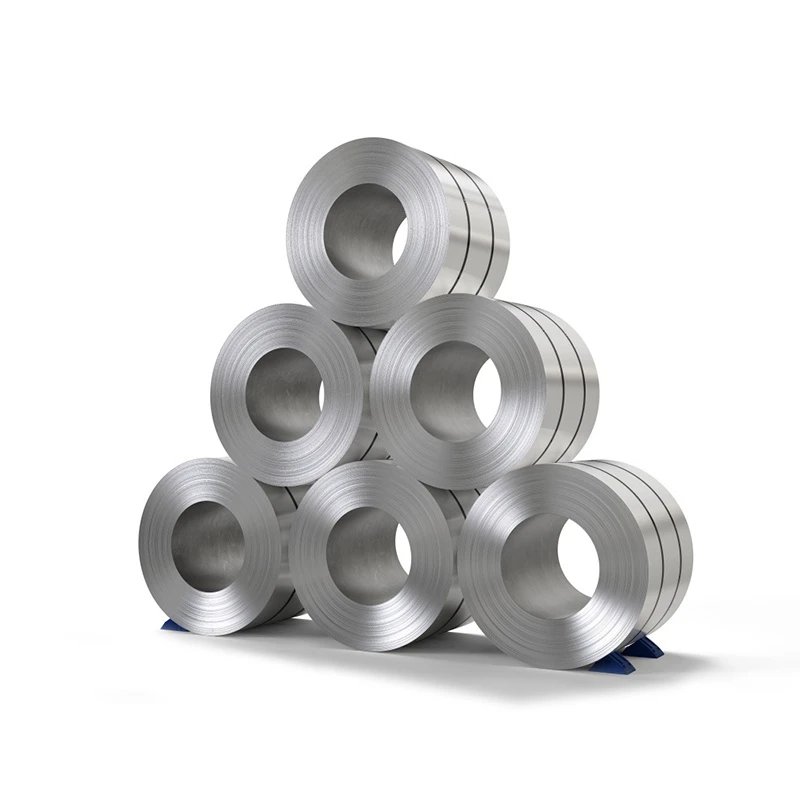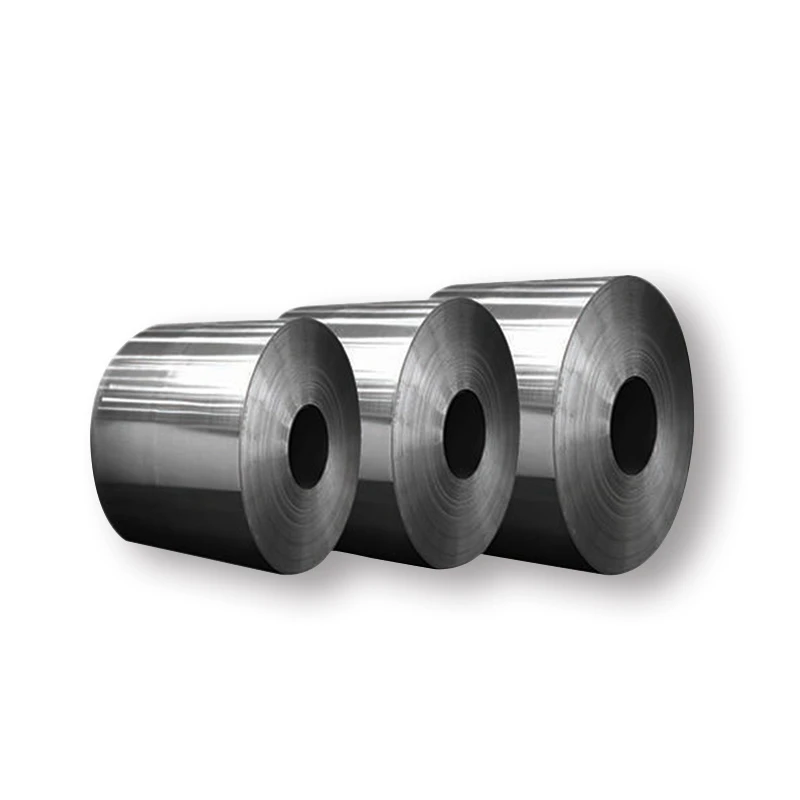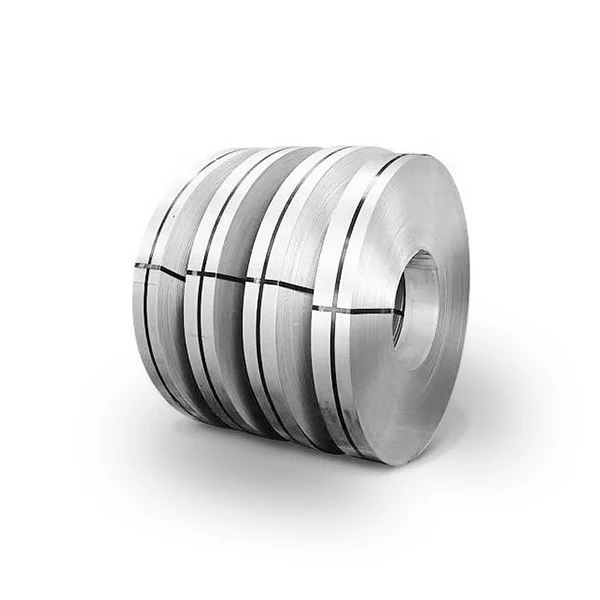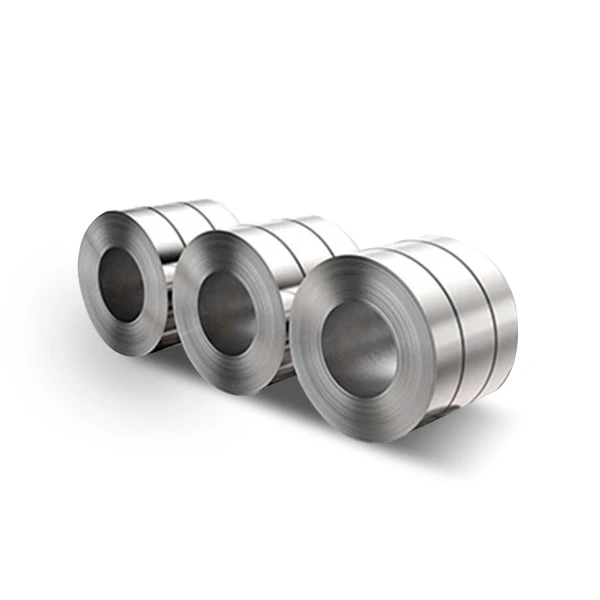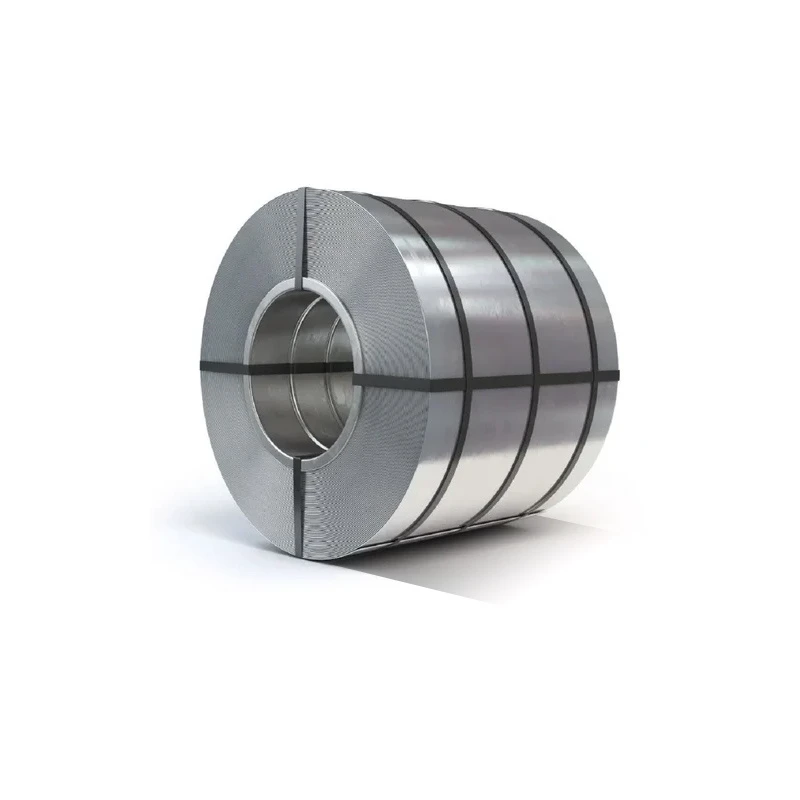
CATEGORIES
FEATURED PRODUCTS
409 Stainless Steel Coil
We offer this product and related grades with 100% factory direct pricing and free quotes available within 24 hours.
APPLICATION SCENARIOS

OUR ADVANTAGE

Certificate of Honor

PARTNER

Our Factory

What is 409 Stainless Steel? 409 Stainless Steel (UNS S40900) is a basic ferritic stainless steel that is typically composed of around 10.5% to 11.75% chromium, with very low carbon and nickel content. Its most significant characteristic is its good resistance to oxidation and corrosion at elevated temperatures, especially considering its cost. While it doesn’t possess the high corrosion resistance of austenitic grades like 304 or 316, or the hardenability of martensitic 410, its unique combination of properties makes it ideal for applications where moderate corrosion resistance and excellent high-temperature oxidation resistance are needed, often in applications where a perfectly bright surface finish isn’t critical. 409 stainless steel is magnetic.
Key Properties of 409 Stainless Steel
Understanding the specific attributes of 409 stainless steel highlights its niche applications and benefits.
Excellent High-Temperature Oxidation Resistance
- Oxidation Resistance: 409’s primary advantage is its outstanding resistance to oxidation and scaling at elevated temperatures. It can withstand continuous service temperatures up to approximately 675°C (1250°F) and intermittent service up to about 815°C (1500°F). This capability is largely due to its chromium content, which forms a stable, protective oxide layer.
- Thermal Fatigue: It demonstrates good resistance to thermal fatigue, making it suitable for applications involving frequent temperature fluctuations.
Moderate Corrosion Resistance
409 offers a functional level of corrosion resistance, albeit with limitations compared to higher-alloyed grades.
- Atmospheric and Mild Environments: It resists general corrosion in mild atmospheric conditions and many non-aggressive environments.
- Surface Rust: While corrosion resistant, 409 is prone to surface rust (red rust), especially in damp or humid environments. This rust is typically superficial and doesn’t significantly affect the mechanical integrity of the material, but it does impact its aesthetic appeal. This characteristic often makes it unsuitable for decorative or architectural applications where a pristine surface finish is required.
- Limited Chloride Resistance: Like other ferritic grades without molybdenum, 409 has poor resistance to pitting and crevice corrosion in chloride-rich environments, making it unsuitable for marine or highly chlorinated applications.
Good Formability and Weldability
- Formability: 409 stainless steel possesses good formability and ductility, allowing it to be easily bent, drawn, and stamped into complex shapes. Its ferritic structure generally means it has lower work-hardening rates compared to austenitic grades, which can be advantageous in some forming operations.
- Weldability: 409 is readily weldable by common fusion welding methods. Its low carbon content minimizes carbide precipitation, ensuring good weld integrity. Preheating is generally not required for thin sections, but may be beneficial for thicker sections to reduce the risk of cracking. Post-weld heat treatment is often not necessary for thin gauges used in exhaust systems but can improve ductility and toughness in thicker sections.
Magnetic Properties
- Magnetic: Like all ferritic stainless steels, 409 stainless steel is magnetic in all conditions.
Detailed Specifications: Dimensions and Parameters
409 Stainless Steel Coil is typically supplied conforming to ASTM A240/A240M standards, in various dimensions suitable for high-volume manufacturing.
| Parameter | Standard Range |
| Thickness | 0.3mm – 6mm (0.012 in – 0.236 in) |
| Width | 1000mm – 2000mm (39.37 in – 78.74 in) |
| Length | Coil form (continuous length) |
| Surface Finish | 2B, No.1, Mill Finish |
| Edge Condition | Mill Edge, Slit Edge |
| Standard | ASTM A240/A240M, ASTM A666 |
Note: The availability of specific thicknesses and widths will depend on the supplier and manufacturing capabilities. For detailed specifications, it’s always best to consult with a supplier.
Chemical Composition of 409 Stainless Steel
The precise chemical composition of 409 stainless steel is optimized for its high-temperature performance and cost-effectiveness.
| Element | Weight Percentage (%) |
| Carbon (C) | ≤0.08 |
| Silicon (Si) | ≤1.00 |
| Manganese (Mn) | ≤1.00 |
| Phosphorus (P) | ≤0.045 |
| Sulfur (S) | ≤0.030 |
| Chromium (Cr) | 10.5 – 11.75 |
| Nickel (Ni) | ≤0.50 |
| Titanium (Ti) | 6×(C+N) to 0.75 |
The low nickel content and the addition of titanium (a stabilizing element) are key to its properties and cost. Titanium helps prevent sensitization and improves weldability by tying up carbon and nitrogen.
409 Stainless Steel vs. Other Stainless Steel Grades: A Direct Comparison
Understanding the unique position of 409 among other stainless steel grades is crucial for appropriate material selection.
| Feature | 409 | 410 | 304L | 201 |
| Stainless Steel Family | Ferritic | Martensitic | Austenitic | Austenitic |
| Hardenable by Heat Treatment | No | Yes | No | No |
| Magnetic | Yes | Yes | No (annealed, slightly after cold work) | No (annealed, slightly after cold work) |
| Primary Advantage | Cost-effective, high-temp oxidation resistance | High strength, hardness, wear resistance | General purpose, excellent weldability | Cost-effective, high strength (cold worked) |
| Max. Continuous Temp. (approx.) | ≈675∘C(1250∘F) | ≈650∘C(1200∘F) | ≈925∘C(1700∘F) | ≈840∘C(1550∘F) |
| Corrosion Resistance (General) | Moderate (prone to surface rust) | Moderate (best when hardened & polished) | Excellent | Moderate |
| Chloride Resistance | Very Low | Low | Moderate | Low |
| Cost | Very Low | Moderate | Low | Low |
| Weldability | Good (titanium stabilized) | Requires careful pre/post-weld treatment | Excellent (no sensitization) | Good (may need care for sensitization) |
| Typical Use | Automotive exhaust, heat exchangers, furnace components | Cutlery, tools, turbine blades, fasteners | Food processing, architectural, general fabrication | Appliances, kitchenware, indoor architectural |
409 stands out for its balance of cost-effectiveness and good high-temperature oxidation resistance, especially where surface appearance isn’t critical.
Key Industries and Applications for 409 Stainless Steel Coil
The unique properties of 409 Stainless Steel Coil make it an ideal choice for specific, high-volume applications where its benefits align with the requirements.
| Industry | Typical Applications |
| Automotive | Automotive exhaust systems (mufflers, catalytic converters, pipes, manifold components) – this is its largest application |
| Heat Exchangers | Furnace parts, annealing covers, and components for heat exchangers in non-corrosive environments |
| Agricultural Equipment | Parts exposed to heat and mild outdoor conditions |
| Containers | Some types of hot water tanks and heat pump components |
| Appliance Components | Oven linings, range hoods, and other internal parts of appliances where high heat is present and aesthetics are secondary |
Global Price Overview: 409 Stainless Steel Coil
The price of 409 Stainless Steel Coil is among the lowest within the stainless steel family, primarily due to its minimal nickel content and relatively lower chromium compared to many other grades. Its pricing is influenced by global demand, the cost of raw materials (iron, chromium), energy prices, and the scale of production. The figures below are illustrative and subject to market fluctuations. For the most accurate and current pricing, please contact us directly.
| Region / Factor | Price Range (USD per Metric Ton) – Illustrative | Notes |
| Asia | $1,000 – $3,000 | Often the most competitive, especially from large-scale producers. |
| Europe | $1,200 – $3,500 | Prices reflect regional production costs, quality standards, and environmental regulations. |
| North America | $1,300 – $3,800 | Influenced by domestic demand, import tariffs, and specific supplier conditions. |
| Raw Material Cost (Chromium, Iron) | High Impact | Fluctuations in the commodity markets for these elements are primary cost drivers. |
| Order Volume | Discounts for Bulk | Larger purchase quantities typically result in more favorable per-unit pricing. |
| Surface Finish & Thickness | Varies | Specific finishes (e.g., polished) and very thin gauges can incur slightly higher costs. |
Disclaimer: These are approximate price ranges and should not be considered as definitive quotes. For precise pricing and lead times, please reach out to our sales team.
Frequently Asked Questions (FAQs)
Here are answers to some of the most common questions about 409 Stainless Steel Coil.
Q1: Is 409 stainless steel magnetic?
A1: Yes, 409 stainless steel is magnetic in all conditions. This is a characteristic of all ferritic stainless steels due to their crystal structure, distinguishing them from most austenitic grades (like 304L) which are typically non-magnetic in their annealed state.
Q2: Why is 409 stainless steel often used in automotive exhaust systems?
A2: 409 stainless steel is predominantly used in automotive exhaust systems because it offers an excellent balance of cost-effectiveness and high-temperature oxidation resistance. Exhaust systems operate at elevated temperatures and require a material that can resist scaling and maintain integrity without being overly expensive. While it may develop surface rust, this is generally superficial and does not compromise the structural performance of the exhaust system over its lifespan.
Q3: Does 409 stainless steel rust?
A3: Yes, 409 stainless steel can develop surface rust (red rust), especially when exposed to moisture, humidity, or certain atmospheric pollutants. This is a common characteristic of ferritic stainless steels with lower chromium content and no nickel, particularly when compared to higher-alloyed austenitic grades like 304 or 316. However, this surface rust is typically superficial and does not usually lead to through-wall corrosion or significant structural degradation in its intended applications.
Q4: Can 409 stainless steel be polished to a mirror finish?
A4: While 409 stainless steel can be polished, it is not typically used for mirror finishes (No. 8) or highly aesthetic applications. Its tendency to develop superficial surface rust and its generally duller appearance compared to higher-nickel austenitic grades (like 304 or 316) mean it’s usually chosen for its functional properties in less visible components where appearance is secondary.
Q5: How does 409 stainless steel compare to 304L in terms of corrosion resistance?
A5: 409 stainless steel has significantly lower general corrosion resistance compared to 304L. While 409 excels in high-temperature oxidation resistance, 304L offers superior resistance to a much wider range of corrosive media, including mild acids and a better resistance to staining and general atmospheric corrosion without developing surface rust. 409 is particularly vulnerable to pitting and crevice corrosion in chloride-containing environments where 304L would still perform adequately.








